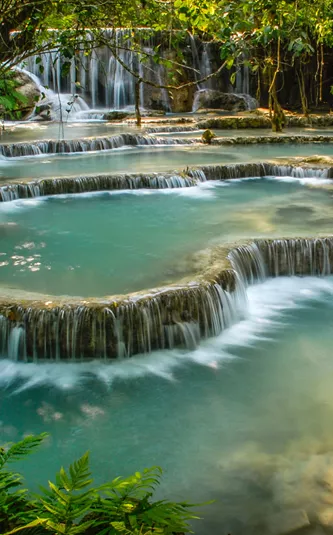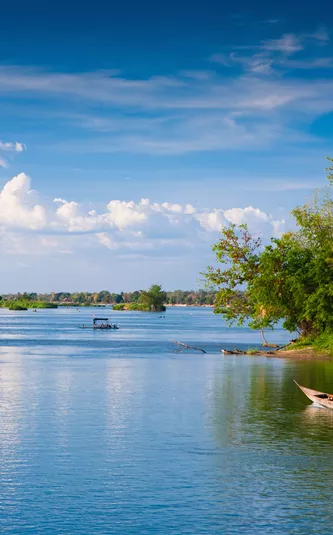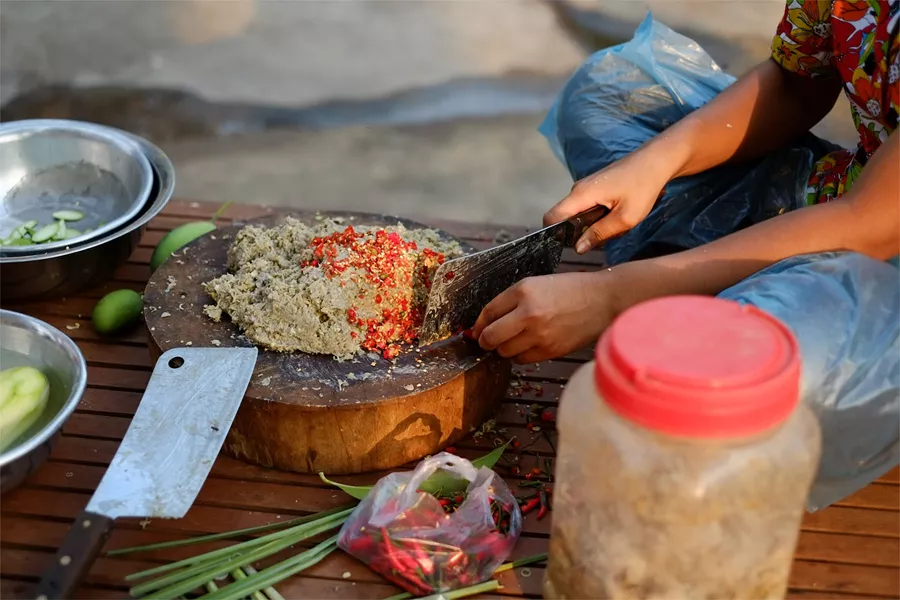Health
The following information is intended as a guide only and in no way should it be used as a substitute for professional medical advice relative to a traveller's individual needs and vaccination history. No guarantee is made as to its accuracy or thoroughness. For further information, please contact The Travel Doctor website.
The standard of medical facilities in Laos is generally poor. Medical evacuation to another country will be difficult.
Malaria is a risk in southern provinces. Dengue is a risk everywhere in Laos, especially in the wet season from May to November. Other insect-borne diseases include Zika virus and Japanese encephalitis. To protect yourself from disease, make sure your accommodation is insect-proof, use insect repellent, wear long, loose, light-coloured clothing and consider taking anti-malaria medicine.
Common waterborne, foodborne and other infectious diseases include cholera, hepatitis and tuberculosis. To protect yourself from illness, drink boiled or bottled water, avoid ice cubes, avoid raw and undercooked food, such as salads, and don't swim in fresh water.
Dogs throughout Laos carry rabies. Rabies is fatal if you don't get vaccinated or don't get medical treatment quickly. See a doctor straight away if an animal scratches or bites you.
Tropical storms, typhoons, flooding and landslides happen during the wet season from May to November. Follow the advice of local officials.
Many parts of Laos have unexploded ordnance. Always stay on established walking paths and roads. Don't touch unknown objects.
Don't drink homemade or unlabelled alcohol. It may contain harmful substances, particularly methanol. Be alert to the potential risks around drink spiking and methanol poisoning through consuming alcoholic drinks.
Official Travel advice visit:
Laos Travel Advice & Safety | Smartraveller (Australia)
Laos | SafeTravel NZ (New Zealand)












